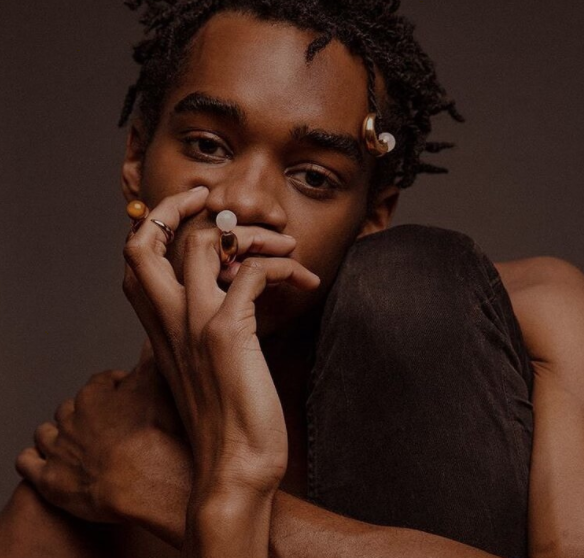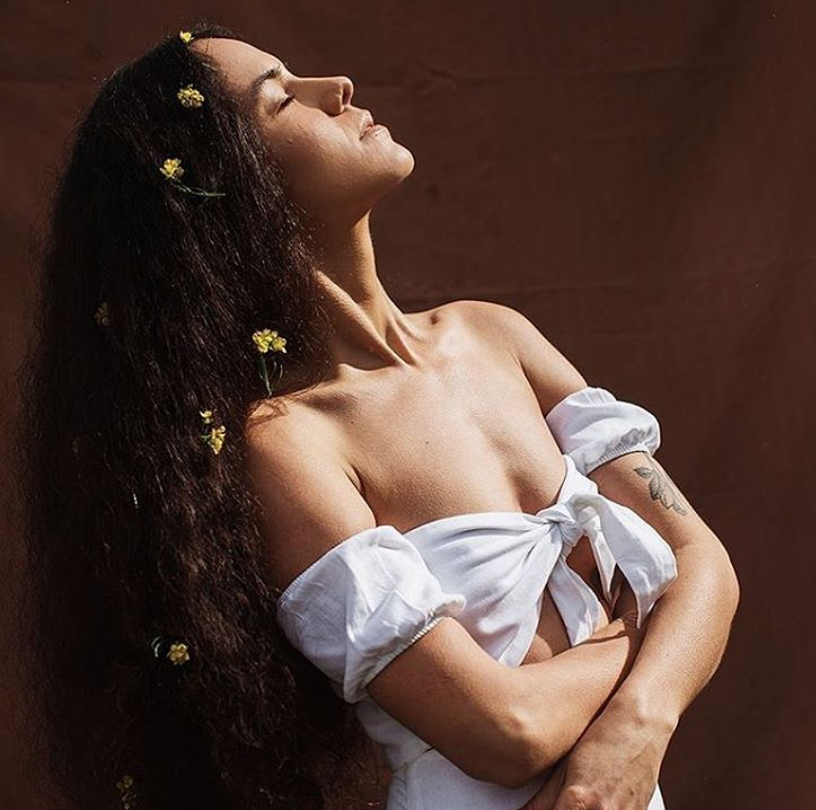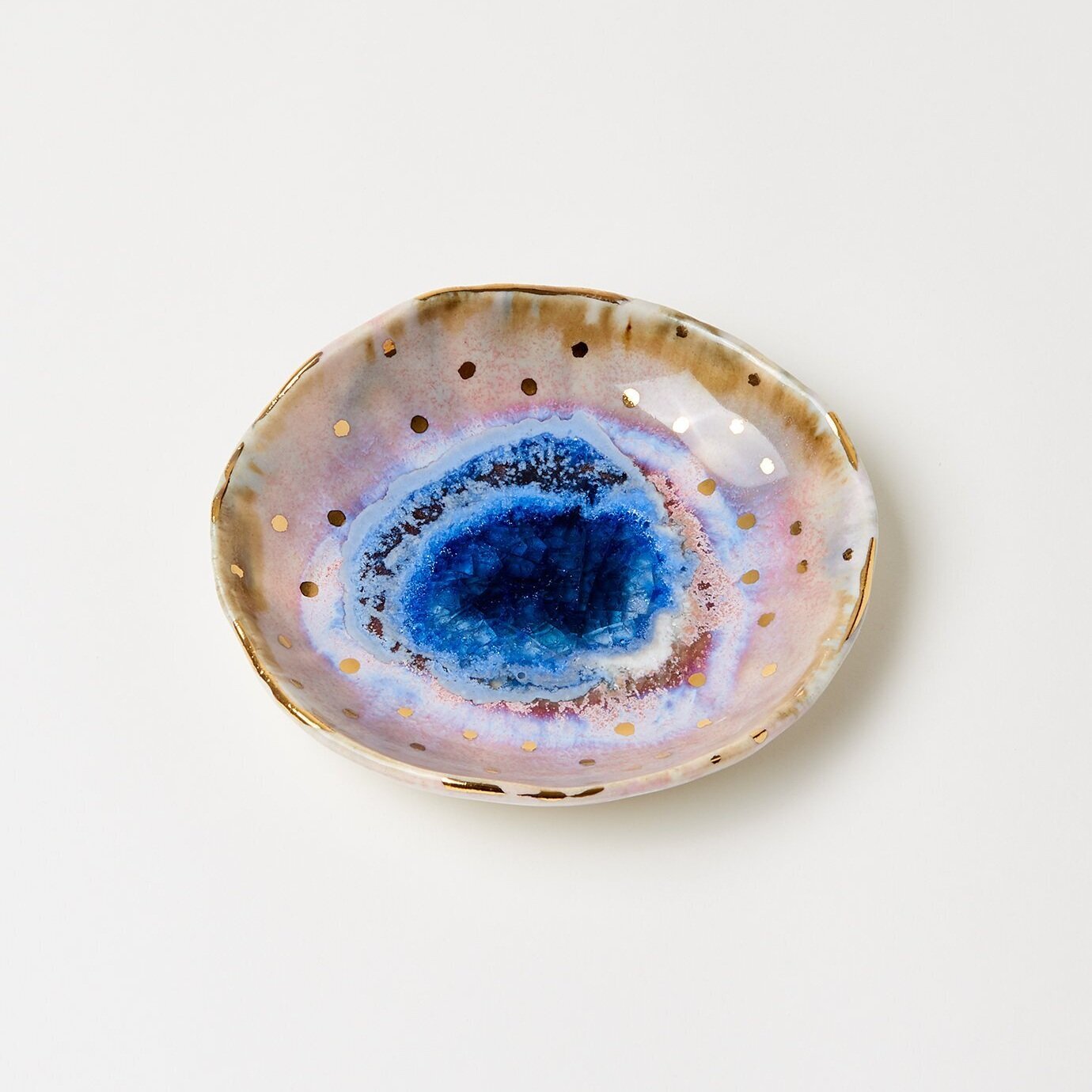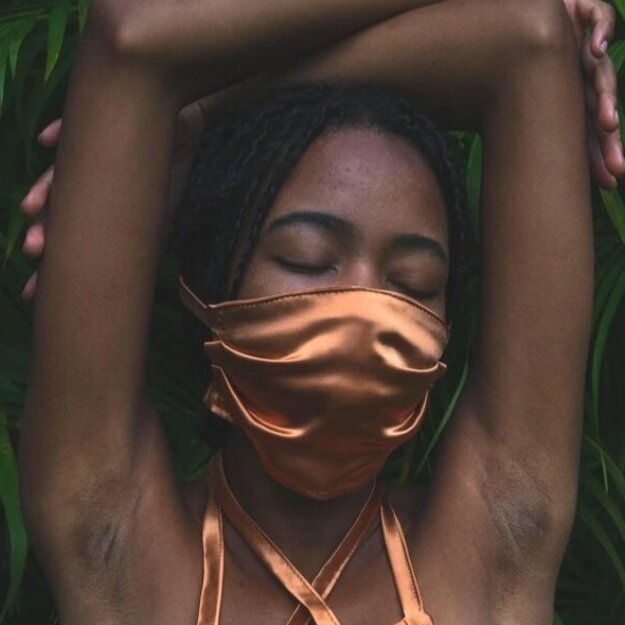ISSUE 001
DECOLONIZING OUR ASPIRATIONS
^WHAT DOES THAT EVEN MEAN?
originally released 29 September 2020
The concept of 'decolonization,' specifically in relation to fashion, luxury, and design, is something that I've been thinking about in various forms for years now - but I believe it was most clearly explained in a recent talk that Tony Wang did for Ethel's Club. He noted that the original 'luxury goods' were spices, furs, and precious jewels stolen from Africa, Asia, and the Americas by European explorers. This basic fact roots the entire luxury industry in imperialism and colonialism. The modern luxury industry continues to perpetuate the problematic power dynamics of its origins through contemporary practices of discrimination.*
People of color, and particularly Black people, are systemically excluded from participating in the luxury industry - whether in positions of power (see: all-white executive boards of luxury companies), in positions of creativity (see: lack of well-known BIPOC designers and creative directors), or even in positions of consumption (see: discriminatory practices in retail stores). Recognizing this, it is unsurprising that major retailers like Nordstrom, Net-a-Porter, Shopbop, and Neiman Marcus all stock less than 2% Black-owned brands in their assortments of thousands of designers.** Extrapolating from here, we realize that everything we perceive as aspirational has been dictated by racist systems that are inherently rooted in colonialism.
'Decolonizing our aspirations' is a process of thinking critically about these perceptions. I believe that one way to move forward is to center our focus on creators of color - those who are systemically excluded from media and retail. What might the world look like if BIPOC-owned brands were amplified and offered more visibility? (continued below, after the features)
—
*To delve deeper into these issues, I suggest exploring The Fashion & Race Database
**Specifically - Nordstrom: 0.89% | Neiman Marcus: 1% | Net-a-Porter: 1.42% | Shopbop: 1.2%. These statistics regarding Black-owned brands are from the 15% Pledge. I'm hoping to do the calculations for all BIPOC-owned brands stocked at these retailers too - but it will take a while, there are thousands of brands to research! From my general knowledge though, I don't foresee the percentages being too much higher - maybe 10% total? Send me your guesstimates...
Khiry
Since we're exploring the idea of 'decolonizing our aspirations,' I wanted to highlight Khiry - an afrofuturist luxury brand. Jameel Mohammed founded his brand after meeting a luxury goods CEO who told him that true luxury brands could only emerge from Paris and Milan. Khiry aims to prove otherwise, channeling the beauty, art, heritage, and culture of the African diaspora into an array of exquisite modern jewelry creations.
Olette, Selva Negra, Americae
As you may know, September is Hispanic Heritage Month. I wanted to highlight a few of the beautiful Latinx-owned brands that have been featured so far: Olette, Selva Negra, and Americae. Many more exciting Latinx-owned brands are queued to be featured, so if you're interested in learning about them make sure to follow us on social - Revisionary's core philosophy is about elevating BIPOC creators year-round.
Minh Singer
This small bowl by Minh Singer is the perfect decorative accent to bring a sense of joy and whimsy to your home. I've been entranced by Minh's exquisite pieces ever since I discovered them at Totokaelo (RIP). The Brooklyn-based ceramicist combines iridescent and opalescent hues with gold leaf in a manner that highlights the beauty of imperfection. I had the pleasure of taking a workshop led by Minh, where I learned about how her work is inspired by traditional Japanese techniques like kitsungi (golden joinery).
Nia Thomas
Nia Thomas recently restocked her copper silk masks, which have been my summer savior - the silk fabric offers more comfort and breathability, and is better for your skin. Plus, the copper color is a beautiful neutral for medium to dark skin tones. The masks are made from deadstock (leftover) fabric and machine washable.
SO HOW DO WE MOVE FORWARD?
In the intro above, I suggested centering creators of color and BIPOC-owned brands as a means of decolonizing our aspirations - but it's not quite that simple. One of my favorite recent discoveries is this quote by Trinh T. Minh-Ha: "How can one re-create without re-circulating dominance?" When we have grown up and been influenced by the racist, biased world around us for our entire lives - how can we extract ourselves from those systems to truly create independently of them? Is it even possible? We (speaking as a woman of color) have internalized these beliefs about ourselves - these 'rules' about 'good taste' and 'bad taste' - to an extent where it's difficult to imagine how we can truly free ourselves from these constraints.
There's no easy answer, but I'd still argue that the best way to move in the direction of decolonization is by amplifying creators of color - preferably outside the boundaries of the system. When we try to do this within existing systems, it often becomes tokenistic - in an interview with Hypebeast, James Flemons talks about how whenever his brand is featured, "It's always kind of felt like it was this tokenism. It was like only one POC designer at a time can get spotlighted." And despite the flood of statements and promises that companies made in June, only 2 fashion or beauty retailers have signed the 15% Pledge, compared to the 95K consumer signatures petitioning for more diversified assortments. Kerby Jean-Raymond of Pyer Moss articulated this well in a recent conversation with Cathy Horyn - "Do we want to continue to buy into and ask for help from a system that doesn't represent us?"
I believe strongly that it's time to create spaces and platforms that exist outside the conventional fashion system / luxury system, and this is what I hope Revisionary can become. Thank you for joining me in this journey.
explore www.revisionary.space
follow @revisionary.space
contact hello@revisionary.space






